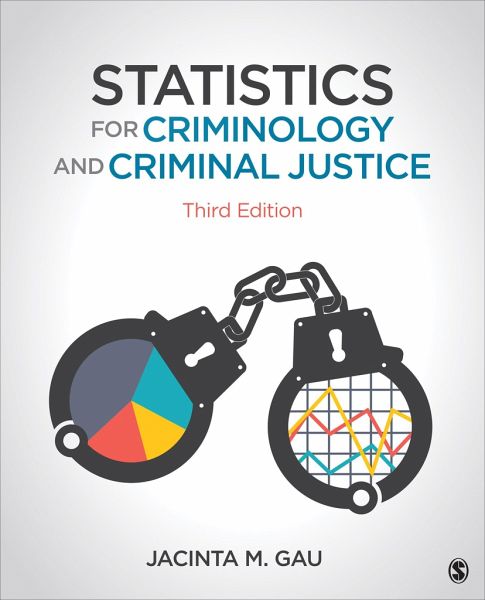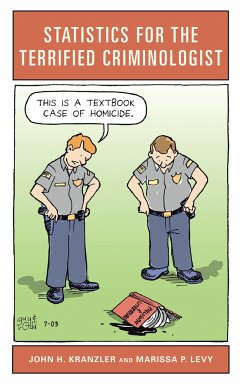Nicht lieferbar

Statistics for Criminology and Criminal Justice
Versandkostenfrei!
Nicht lieferbar
An Introduction to Statistics in Criminology and Criminal Justice Statistics for Criminology and Criminal Justice, Third Edition demonstrates how statistics is relevant to your life and future career by illustrating the logical connections between basic statistical concepts and their real-world implications in criminology and criminal justice. Written for students with a limited mathematical background, author Jacinta Gau eases any anxiety around statistics by simplifying the overarching goal of each statistical technique and providing step-by-step instructions for working through the formulas...
An Introduction to Statistics in Criminology and Criminal Justice Statistics for Criminology and Criminal Justice, Third Edition demonstrates how statistics is relevant to your life and future career by illustrating the logical connections between basic statistical concepts and their real-world implications in criminology and criminal justice. Written for students with a limited mathematical background, author Jacinta Gau eases any anxiety around statistics by simplifying the overarching goal of each statistical technique and providing step-by-step instructions for working through the formulas and numbers. You will use real data from the field to build a foundational knowledge of statistics, rather than merely memorizing key terms or formulas. New to the Third Edition * NEW Thinking Critically feature encourages you to apply the concepts from the chapter to real-life scenarios, with open-ended questions that are designed to inspire you to think about the nuances of science, statistics, and their application to criminal justice. * Additional illustrations and examples in every chapter keep you engaged with the content and offer ample opportunities for you to practice the techniques. * New and updated data sets from a wide range of relevant sources, such as the NCVS and UCR, BJS, LEMAS, the Census of Jails, and much more have been incorporated to give you insights into the state of criminal justice research today. * New research on critical topics encourages you to discuss changes happening in the field such as the Census of Jails, inmate-on-staff assaults in prisons, and homicide rates. * Practicing Statistics Whiteboard Videos, available in SAGE edge, walk you through statistical calculations to reinforce key concepts.







